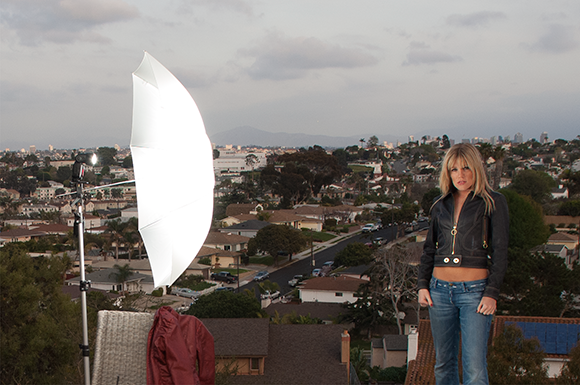The Intensity of Light
The intensity of the light is simply how bright it is and how much it illuminates your subject. This illumination decreases over distance as the light grows weaker. This holds true for all light sources, and it is the reason that the little pop up flash on the camera can’t light up something far away.
There is a rule in photography that you can calculate how much the light decreases in illumination as the distance between the light and the subject changes. This Inverse Square Law states that the illumination on a subject is inversely proportional to the square of the distance from the light source. Now, I am not a huge math fan, so let me break that down into something that can be easily understood. If you double the distance of the light from the subject—say, instead of four feet, it is 8 feet—the amount of light reaching the subject is a quarter of its original strength, not half. That means that to get the same exposure, you need four times the amount of light to reach the sensor. This can be achieved by using a longer shutter speed, a wider aperture, or by adding more light.
As shown in Figure 5.9, the intensity of the light can be changed by simply moving it closer to, or farther away from, the subject. Little changes can make a big difference, especially when you use smaller lights that are not quite as bright as others.

5.9 Here’s a set-up shot with ...
Get Nikon D3200 Digital Field Guide now with the O’Reilly learning platform.
O’Reilly members experience books, live events, courses curated by job role, and more from O’Reilly and nearly 200 top publishers.

